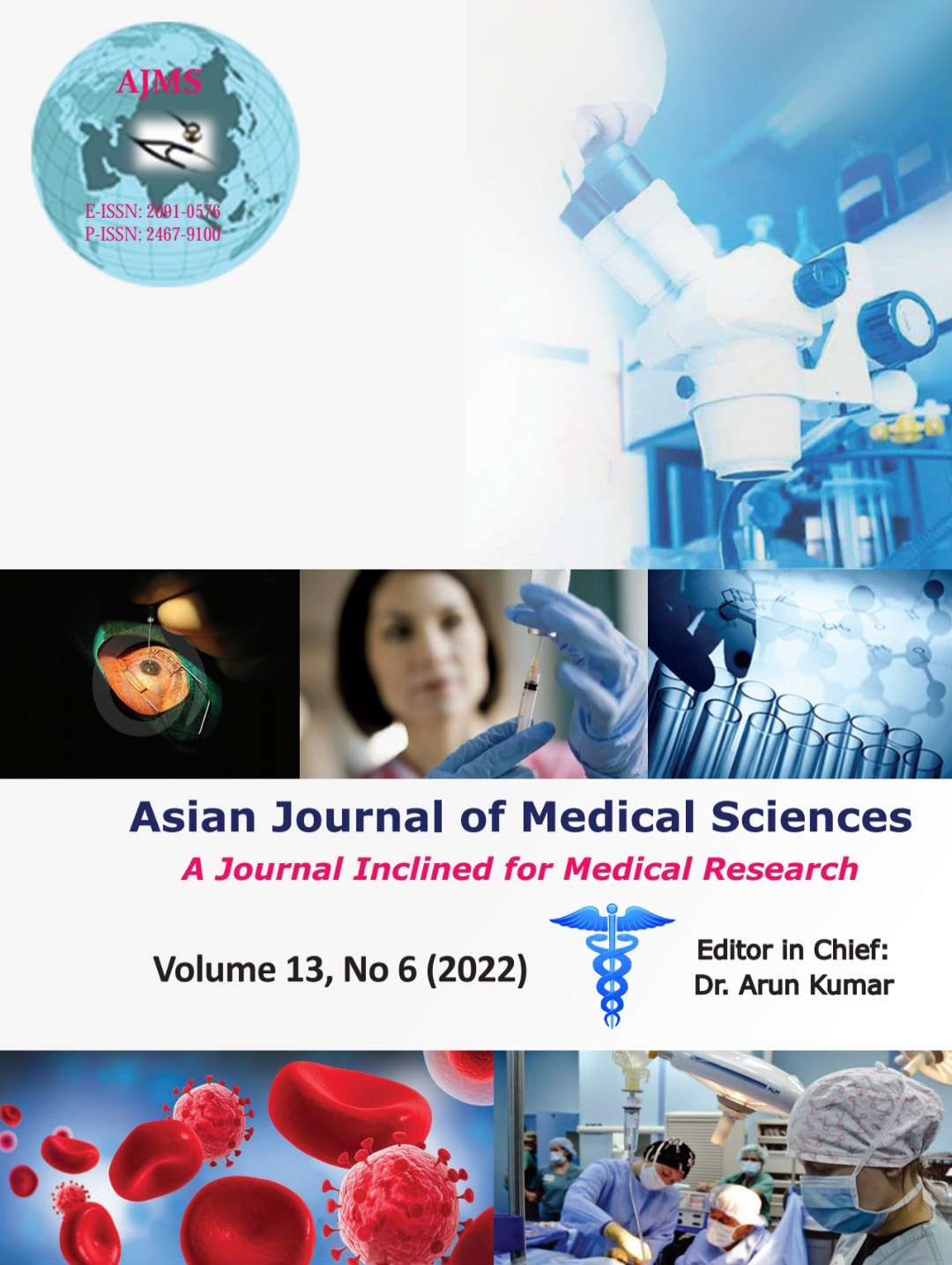A descriptive study of experience of laparoscopic repair of retrocaval ureter in a tertiary care institute in Eastern India
Keywords:
Hydronephrosis, Laparoscopic repair, Retrocaval ureter, TransperitonAbstract
Background: Retrocaval ureter (RCU) is a rare congenital anomaly. It occurs due to anomalous development of inferior vena cava (IVC) and not ureter. Here, we describe our experience in surgical techniques and operative results of laparoscopic reconstruction for patients with RCU.
Aims and Objectives: The aims of this study were to obtain information regarding clinical presentation, demographic profiles, investigations, indications for intervention, postoperative complications of laparoscopic repair of retrocaval repair, and also to develop laparoscopic surgical skill without causing any untoward effects to the patients.
Materials and Methods: Twelve patients with RCU were enrolled in this study. The mean age was 32.4-years-old (23–37 years). All patients were preoperatively evaluated with different relevant imaging modalities. Laparoscopic surgery with transperitoneal approach with insertion of double-j stent was performed to all patients by same surgeon without excision of compressed ureter. Post-operative follow-up was done with ultrasonography every 3 months and repeat DTPA renogram every 6 months for 2.4 years.
Results: All operations were completed laparoscopically without conversion to open surgery. There was no obstruction or symptom after the mean follow-up of 2.4 years.
Conclusion: Transperitoneal laparoscopic repair is a feasible, safe, and effective modality of The treatment for RCU. Careful dissection along the planes with good respect to tissue and proper hemostasis during each step is the key to success for laparoscopic repair of RCU.
Downloads
Downloads
Published
How to Cite
Issue
Section
License
Copyright (c) 2022 Asian Journal of Medical Sciences

This work is licensed under a Creative Commons Attribution-NonCommercial 4.0 International License.
Authors who publish with this journal agree to the following terms:
- The journal holds copyright and publishes the work under a Creative Commons CC-BY-NC license that permits use, distribution and reprduction in any medium, provided the original work is properly cited and is not used for commercial purposes. The journal should be recognised as the original publisher of this work.
- Authors are able to enter into separate, additional contractual arrangements for the non-exclusive distribution of the journal's published version of the work (e.g., post it to an institutional repository or publish it in a book), with an acknowledgement of its initial publication in this journal.
- Authors are permitted and encouraged to post their work online (e.g., in institutional repositories or on their website) prior to and during the submission process, as it can lead to productive exchanges, as well as earlier and greater citation of published work (See The Effect of Open Access).




